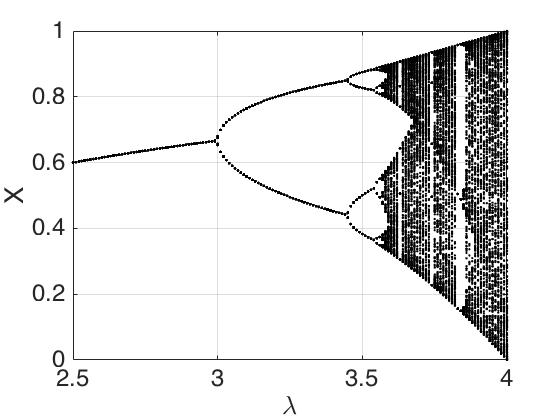
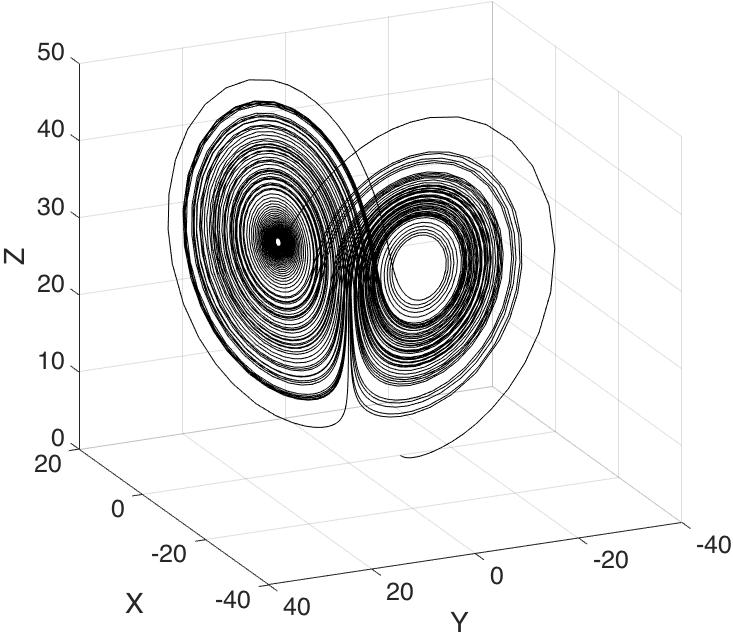
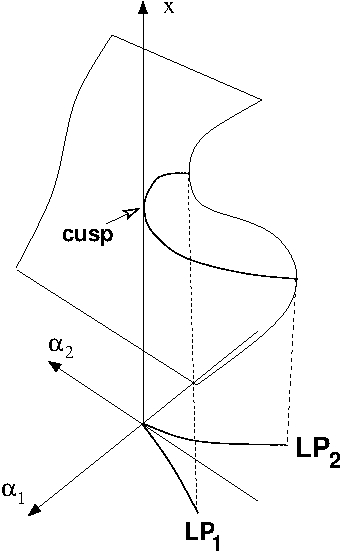



Introduction to Nonlinear Dynamical Systems and Chaotic Dynamics (with applications to Biology).
The course is divided into two parts: theory and applications. The theory part focuses on the major notions and techniques needed later for the applicational part.
The application theme is Biology.
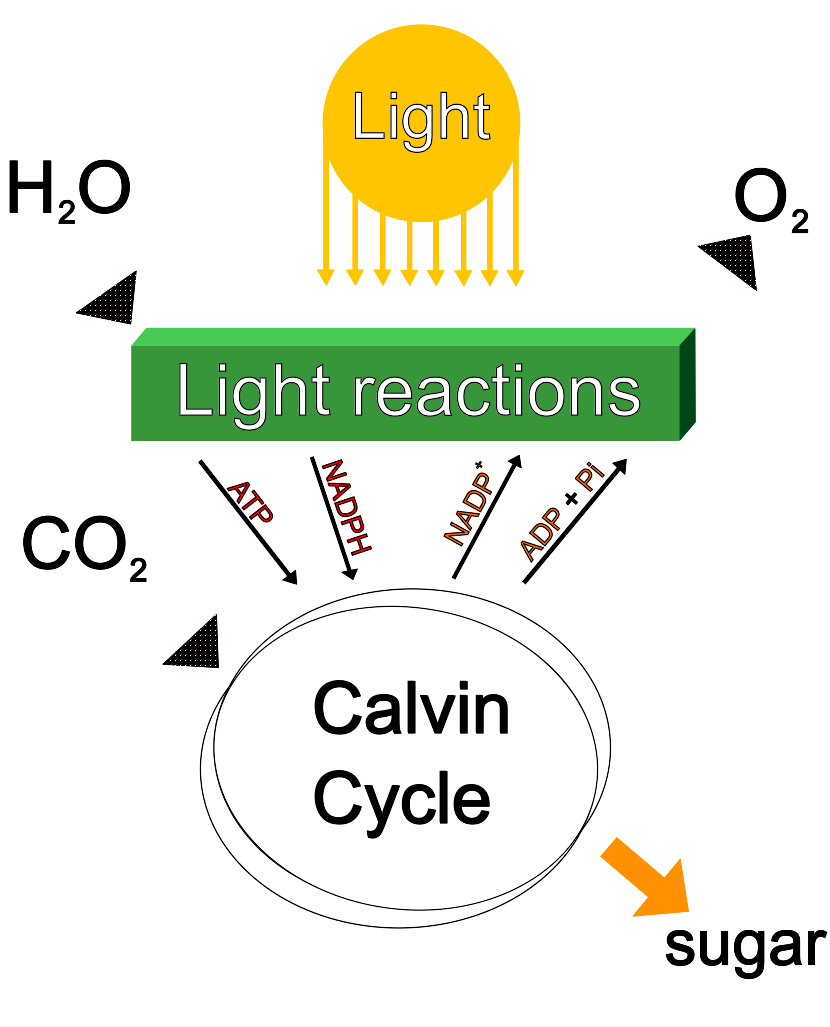

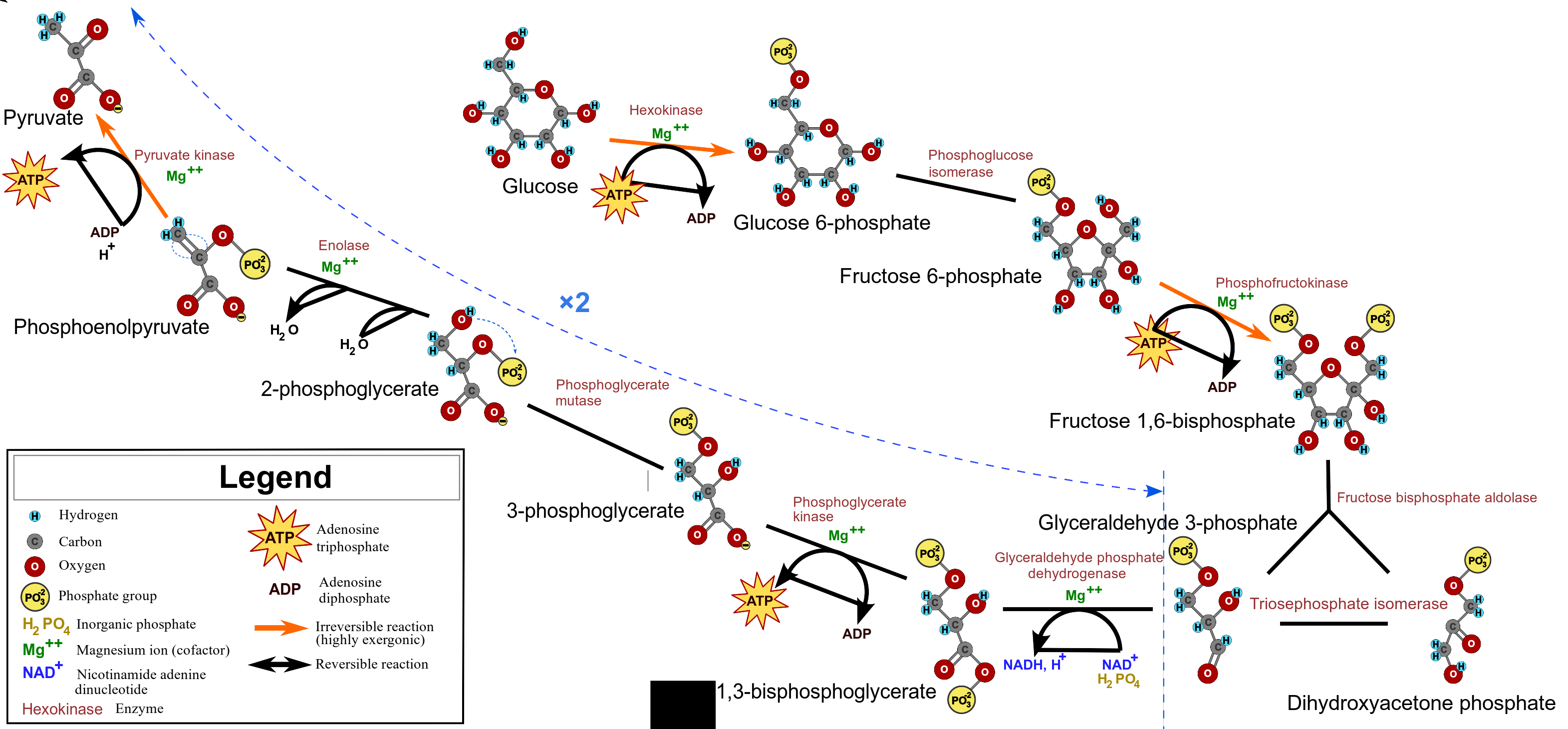

Picture credits to Wikipedia.
NOTE: basic knowledge on systems of differential equations is an essential prerequisite for the course. The course target group: graduate and advanced undergraduate students.
Please send an email to the instructor, if you think some of your homework grades are missing or you want to check the homework assessment.
Lectures are given in English by Dr. Ilya Potapov. Period 4: Monday 9-11 and Wednesday 9-11, room TD308. Lecturer is available for questions in his office TD325. You may want to send an email first: ilya.potapov (at) tut.fi.
Homeworks are obligatory for this implementation.
Homeworks follow every lecture. It is preferable to solve the homework problems before the next lecture in order to be up-to-date with the material. But one can finish homeworks anytime. The list of the submitted homeworks for each of the participating students (TUT student number is given) is shown below.
Homeworks are explained on each lecture. You can resubmit your homework many times, the best score will be given.
Some homeworks require just paper work. These can be handed over on paper to the teacher or sent by email scanned or preprocessed with any math-editors (TeX, MS Word etc.). Others require computer calculations and simulations. These can be submitted by email in the form of a report with explanatory text, figures, codes etc. When submitting the reports, please, kindly mention your student ID.
Some exercises require Matlab (if the tasks allow, one can use other simulation platforms). These can be fulfilled in the TUT computer rooms dedicated to the students.
Project work is optional for this implementation, but in case it is successfully done it adds up a point to the final exam grade.
You can return the project work any time this year. This can be in the form of a standard report (intro, problem setup, results, discussion; pdf or doc file), or you can arrange a time with the instructor and show your findings (particularly useful if you want to run a program).
Projects:
Grading scale is 0-5, precision is one decimal point which is rounded up (ceiling) for the final grade.
The final grade (FG) consists of the exam grade (EG) and homework grade (HG): FG = 0.75*EG + 0.25*HG. The final HG will be an average of grades for all homeworks. The project work is assessed as pass or fail.
Further conditions:
1. If project is pass: FG = FG + 1
2. If any homework is missing: FG = 0
The course mainly follows the book M. Hirsch, S. Smale & R. Devaney: Differential Equations, Dynamical Systems and an Introduction to Chaos, ISBN 0123497035, Academic Press 2002 (Chapters 8-).
Other useful books are, e.g.: Regular and Stochastic Dynamics by Lichtenberg and Lieberman (Springer), or Perspectives of nonlinear dynamics by Jackson (Cambridge).
There are some recommended books on mathematical biology: Mathematical Biology I: An Introduction by JD Murray; Computational Cell Biology by CP Fall; Dynamical Systems in Neuroscience: The Geometry of Excitability and Bursting by E Izhikevich.
1. Lecture slides above.
2. Exam chapters from Hirsch et al. book: 8, 9.1, 9.2, 9.4 14.1-14.3, 14.5, 15.1-15.4.
3. J.D. Murray, Mathematical Biology I: An Introduction: chapter 2 and chapter 3.
4. E. Izhikevich, Dynamical Systems in Neuroscience: first 2 chapters.
An exam sample from the previous implementation round is here.
| Student ID | HW 1 | HW 2 | HW 3 | HW 4 | HW 5 | HW 6 | HW 7 | HW 8 | HW 9 | HW 10 | Final score |
|---|---|---|---|---|---|---|---|---|---|---|---|
| 260223 | 4.1 | ||||||||||
| 229642 | 4.6 | 5.0+0.9 | 3.0 | 4.9 | 4.7 | 2.8+1.0 | 5.0 | 5.0 | 4.0 | 3.5 | 5.0 |
| 224597 | 5.0+0.4 | 5.0+1.0 | 4.9 | 4.6 | 4.3 | 4.9 | 5.0 | 5.0 | 3.9 | 5.0 | 5.0 |
| 261240 | 5.0 | 5.0+1.4 | 5.0 | 5.0 | 5.0 | 4.8 | 5.0 | 5.0+2.0 | 4.5 | 4.0 | 5.0 |
| 218668 | 5.0+1.0 | 5.0+1.0 | 5.0 | 4.7 | 5.0 | 5.0+0.5 | 3.5 | 5.0+2.0 | 5.0 | 5.0 | 5.0 |